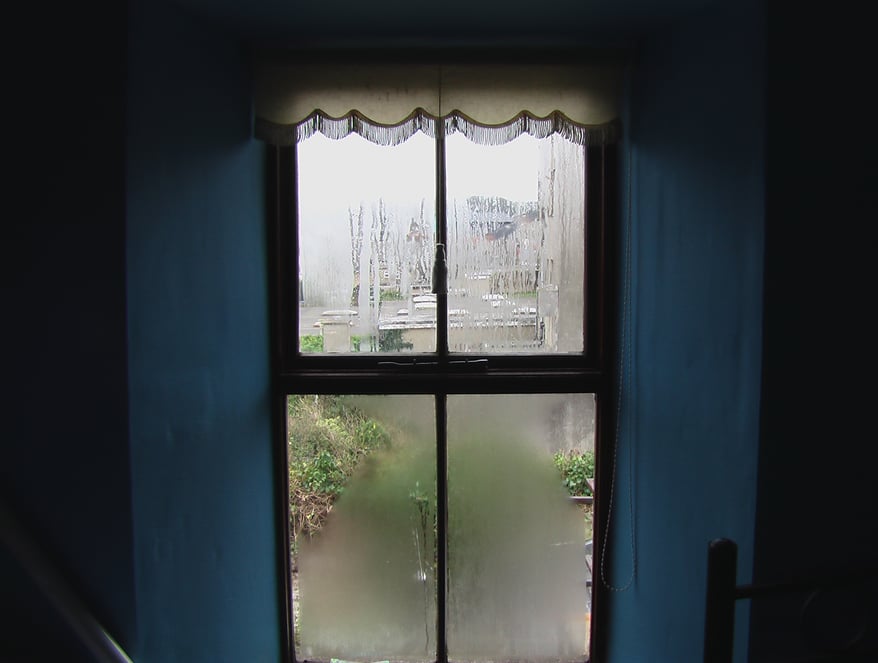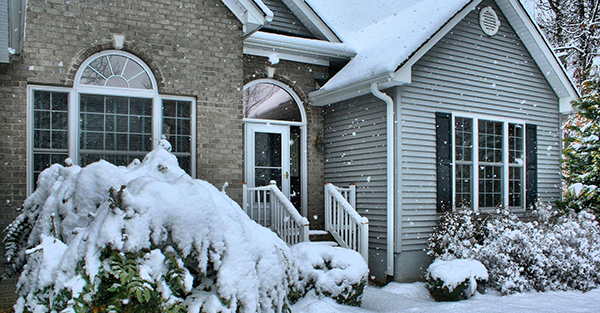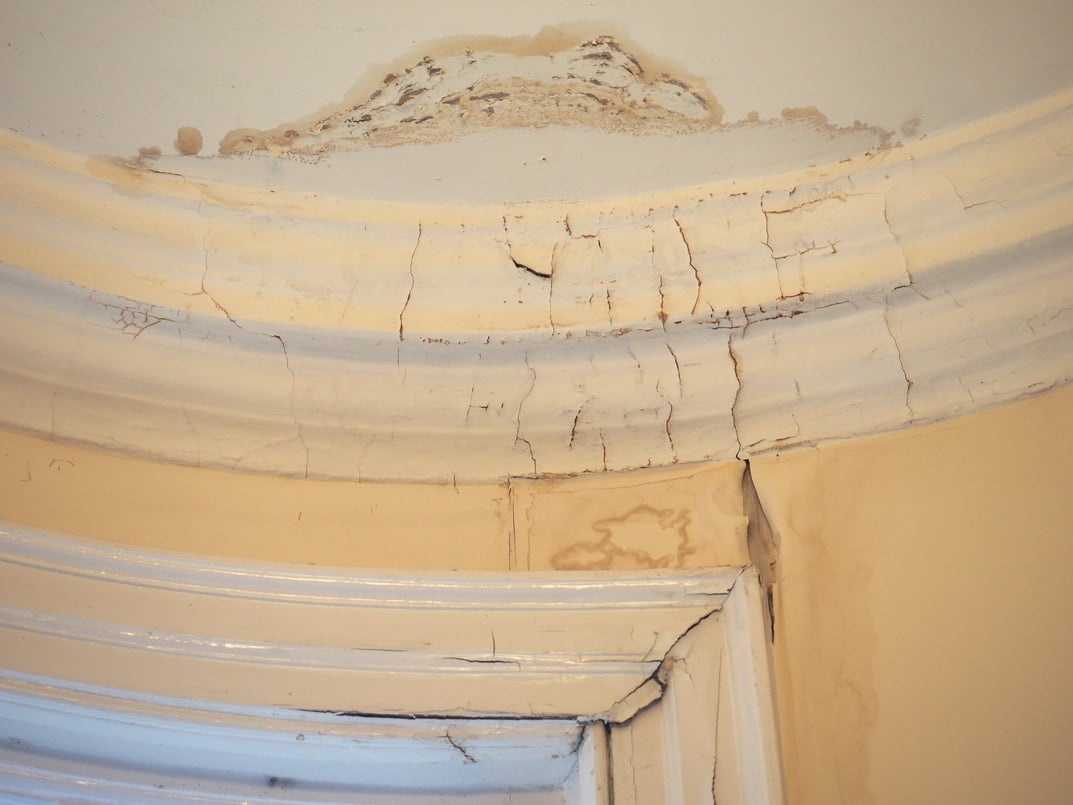
At least a few times each winter, temperatures rise for a few days after a deep freeze. When this happens, a lot of homeowners notice what looks like water infiltration on their ceilings and walls. Although this evidence may be a sign that your roof is leaking, when the temperatures rise suddenly, the culprit is more often condensation in the attic than a leaky roof. And one of the most likely causes of attic condensation can be your home’s humidifier.
Why Do People Use Humidifiers in the Winter?
Winter air can be dry and uncomfortable, causing respiratory discomfort, uncomfortably dry skin, and static electricity buildup in your home. This is because cold air can't hold much water vapor, so the colder the air, the drier it is. Adding some extra humidity to your home during cold, dry winters can help you sleep better, prevent irritations like nosebleeds, and make your home feel warmer while using less energy for heating. However, humidifiers can create major problems! One of these is that adding humidity contributes to attic condensation problems.
How Does Your Humidifier Cause Attic Condensation?
If your ceiling has inadequate insulation, the warm, moist air from your living space rises into your attic. The water in the air condenses on the underside of the roof as the warm air collides with the cool outside air, and the moisture cannot escape. When it's very cold, this condensation freezes and builds up on the inside of the roof. The more moisture in the rising air, the more ice builds up, so adding extra humidity to your home’s air exacerbates this problem. When temperatures rise, the frozen condensation melts, falling onto the attic floor, dripping into your insulation, and seeping down through your home’s ceiling and walls.
Do I Have to Completely Eliminate Humidifier Use?
If you must use humidifiers, you should figure out how much humidity you can safely add to your home. According to the EPA, you should keep your indoor humidity levels at 25–40% in the winter. If you allow levels to exceed this range, you could experience attic condensation and mold problems. If you already have these issues, refrain from running your humidifier until you get them under control.
The Minnesota Department of Public Service released guidelines a few years back for target humidity levels in the home as the mercury drops.
- If outside temperature is 20 to 40 degrees above zero, humidity indoors should not be more than 40 percent.
- If outside temperature is 10 to 20 degrees above zero, humidity indoors should not be more than 35 percent.
- If outside temperature is 0 to 10 degrees above zero, humidity indoors should not be more than 30 percent.
- If outside temperature is 10 below zero to 0, humidity indoors should not be more than 25 percent.
- If outside temperature is 20 below to 10 below zero, humidity indoors should not be more than 20 percent.
- If the outside temperature is lower than 20 below zero, inside humidity should not be more than 15 percent.
These guidlines are the optimal humidity levels in the winter so your home feels comfortable but avoids attic condensation, mold, and other issues caused by warm, excessively humid air.
Tips to Stay Comfortable in the Winter
To maintain your home's comfort while reducing your use of humidifiers, here are some tips:
- Use individual humidifiers in bedrooms or occupied rooms only rather running than whole-home humidifiers.
- Use auto on/off features, timers, or programmable devices like the WeMo home automation products to run humidifiers for short, intermittent bursts rather than for long periods like all night long.
- Purchase inexpensive indoor humidity sensors (called “hygrometers”) to monitor humidity levels in your living room and bedrooms.
- Caulk, weatherstrip, and seal around windows and doors to eliminate cold, dry drafts.
- Add more humidity to your home’s air in natural ways like air drying laundry, cooking on your stovetop or in a crockpot, and keeping house plants.
Add Attic Insulation and Ventilation to Prevent Condensation
A great way to prevent warm, humid air from causing condensation in your attic is to make sure you have adequate insulation. This keeps warm air contained in your home’s living areas rather than allowing it to seep into the cold attic space. If the insulation in your attic floor is old and worn, you may need to replace it or add more. An insulation professional can check for and seal any air leaks and add additional high quality, water-resistant blown-in insulation. This will help your home feel more comfortable and should also reduce your energy bills.
The US Department of Energy also recommends augmenting the natural ventilation of your home with spot or whole-house ventilation as another way to control moisture and prevent dangerous mold growth. With a good ventilation system, any warm, humid air that reaches the attic is blown out through a quality soffit system and replaced with cool, dry outside air.
Insulation, Ventilation, and Roof Repair Services in Polk County
Improving your insulation and venting and significantly limiting your use of humidifiers can help you prevent attic condensation that can lead to rust, mold, insulation damage, and ice dams. These tips will help you extend the life of your roof, insulation, and drywall; prevent moisture damage and rot; and help you increase your home's energy efficiency.
If you think you have a roof leak or attic condensation problem, give us a call to schedule a free consultation. We’ll determine the source of your problem and give you a free estimate and recommendations for roof repairs, roof replacement, or ventilation and insulation products. We serve the Des Moines, Ankeny, Ames, and Huxley, Iowa areas. Contact us today!








Comments